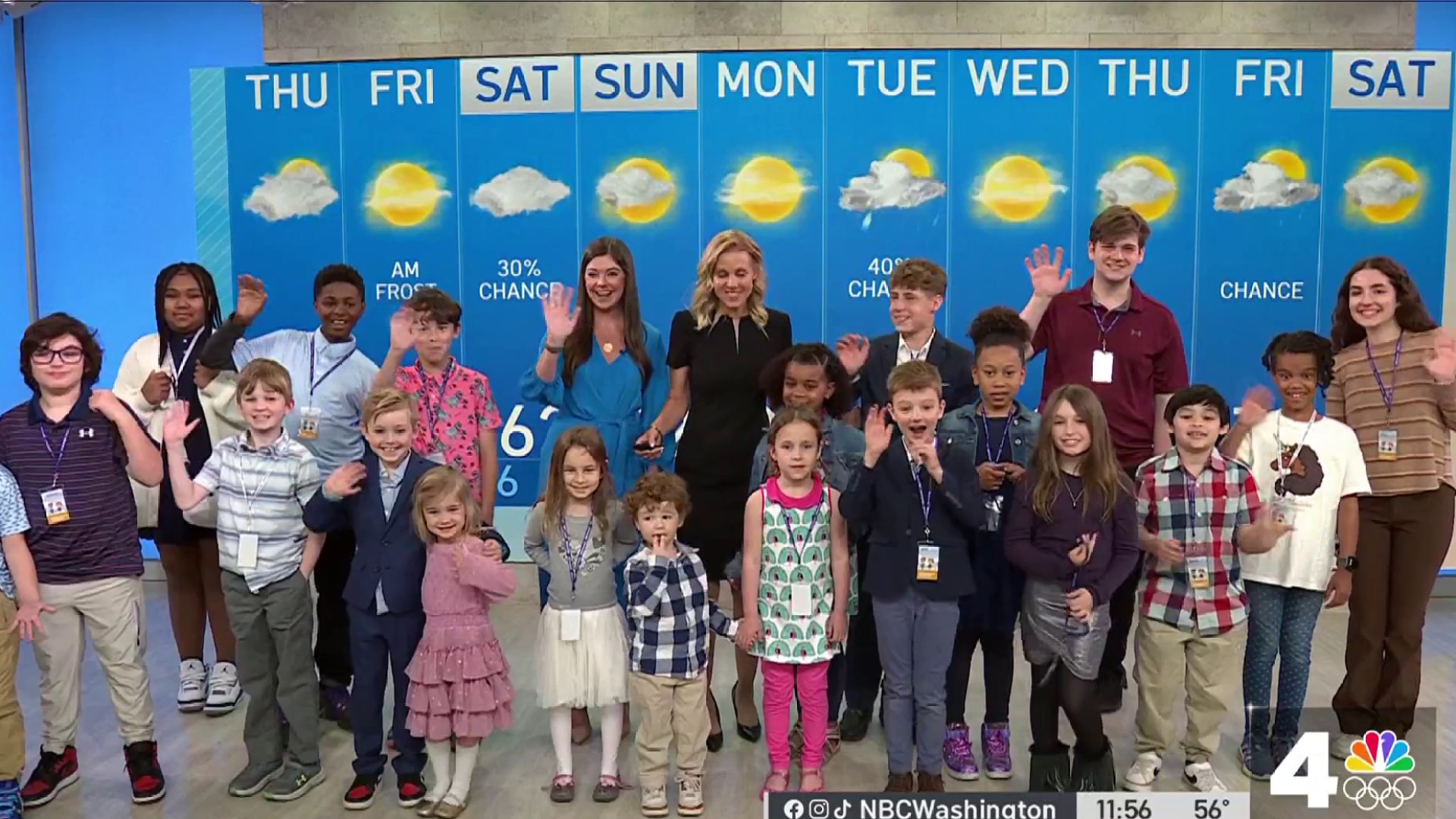Data on the spread of the coronavirus in the D.C. area suggests improvements but public health experts fear demonstrations over the killing of George Floyd could fuel new transmissions.
Though stage one reopening has begun across the region, infections and deaths continue and families are still postponing memorial services for their dead.
In D.C., community spread of the virus is declining, data released Wednesday morning shows. A chart by the city shows a decline since early May.
Virus positivity rates are down in Maryland, the governor announced Wednesday morning. Statewide, the rate has dropped to 9.5%, marking the first time since late March that it’s been below 10 percent. Prince George’s County had about 14% and Montgomery County had about 12 percent.
Virginia is tracking declines in hospitalizations and emergency room visits.
Experts say protests could create a resurgence in cases. Protesters have been close to each other, some have not worn masks and both tear gas and jailing could spread the virus.
Local
Washington, D.C., Maryland and Virginia local news, events and information
“As a nation, we have to be concerned about a rebound,” D.C. Mayor Muriel Bowser warned Sunday after days of protests rocked the nation’s capital.
Tear gas can cause people to cough and sneeze, as can the smoke from fires set by people bent on destruction. Both also prompt protesters to remove their masks.
Crowding protesters who have been arrested into jail cells can also increase the risk of contagion. An Associated Press tally found that, thus far, more than 5,600 people have been taken into custody.
On the plus side, the protests have been outdoors and, in some cases, hand sanitizer has been informally distributed.
Racial disparities laid bare by coronavirus — with communities of color bearing a disproportionate burden of infections and deaths — overlap with the issues being protested on streets across America and around the globe, said Dr. Ronald Hershow the director of the Division of Epidemiology and Biostatistics at the University of Illinois-Chicago.
“Racism kills,” he said. “Sometimes that’s direct, as in the case of George Floyd. And sometimes it’s through a virus like COVID-19.”
Here’s where we are Wednesday in the fight against coronavirus in the D.C. area, as the pandemic continues to change our lives.
More than 107,000 people in D.C., Maryland and Virginia have been diagnosed with the virus. At least 4,244 people have died. Go here to see more data.
Vast health disparities in D.C. made African-American residents more vulnerable to COVID-19, Georgetown University Medical Center said Tuesday upon the release of a report on race and health in the city.
Black residents have died because of a “trifecta of high risk day-to-day survival needs, pre-existing illnesses and limited access to timely, high-quality healthcare,” Dr. Christopher J. King, chair of the Department of Health Systems Administration said in a statement.
King recommended holistic efforts to “address policies, practices and norms that perpetuate segregation and inequitable distribution of resources.”
Most of Virginia, but not Northern Virginia, will move to phase two reopening starting Friday, Gov. Ralph Northam announced Tuesday.
Restaurants will be allowed to have indoor seating at 50% capacity. Gyms and fitness centers can host indoor classes at 30% capacity. Pools, museums, zoos and botanical gardens can also reopen with some restrictions. Recreational sports with physical distancing and no shared equipment will also be allowed.
Northern Virginia and Richmond will remain in phase one for now.



